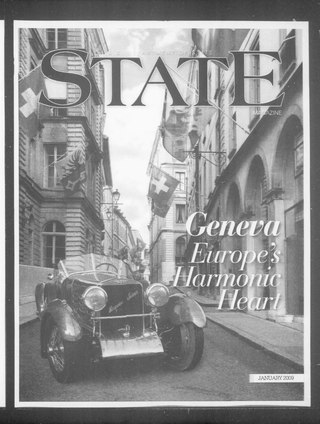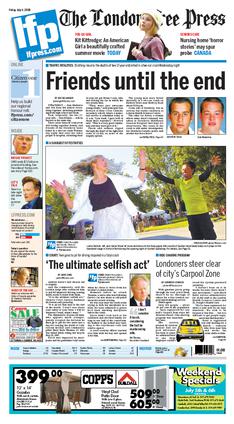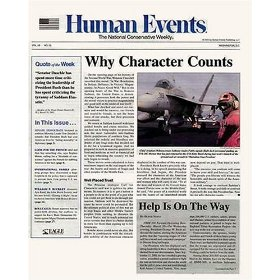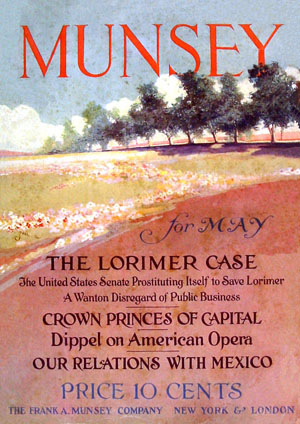Related Research Articles

A magazine is a periodical publication, generally published on a regular schedule, containing a variety of content. They are generally financed by advertising, purchase price, prepaid subscriptions, or by a combination of the three.

The muckrakers were reform-minded journalists, writers, and photographers in the Progressive Era in the United States (1890s–1920s) who claimed to expose corruption and wrongdoing in established institutions, often through sensationalist publications. The modern term generally references investigative journalism or watchdog journalism; investigative journalists in the US are occasionally called "muckrakers" informally.

The London Free Press is a daily newspaper based in London, Ontario, Canada. It has the largest circulation of any newspaper in Southwestern Ontario.

Thomas Bailey Aldrich was an American writer, poet, critic, and editor. He is notable for his long editorship of The Atlantic Monthly, during which he published writers including Charles W. Chesnutt. He was also known for his semi-autobiographical book The Story of a Bad Boy, which established the "bad boy's book" subgenre in nineteenth-century American literature, and for his poetry.

Harper's Weekly, A Journal of Civilization was an American political magazine based in New York City. Published by Harper & Brothers from 1857 until 1916, it featured foreign and domestic news, fiction, essays on many subjects, and humor, alongside illustrations. It carried extensive coverage of the American Civil War, including many illustrations of events from the war. During its most influential period, it was the forum of the political cartoonist Thomas Nast.

Human Events is an American conservative political news and analysis website. Founded in 1944 as a print newspaper, Human Events became a digital-only publication in 2013.

The Milwaukee Journal Sentinel is a daily morning broadsheet printed in Milwaukee, Wisconsin, where it is the primary newspaper and also the largest newspaper in the state of Wisconsin, where it is widely read. It was purchased by the Gannett Company in 2016.
The Spokesman-Review is a daily broadsheet newspaper based in Spokane, Washington, the city's sole remaining daily publication. It has the third-highest readership among daily newspapers in the state, with most of its readership base in eastern Washington and northern Idaho.

The Boston Gazette (1719–1798) was a newspaper published in Boston, in the British North American colonies. It was a weekly newspaper established by William Brooker, who was just appointed Postmaster of Boston, with its first issue released on December 21, 1719. The Boston Gazette is widely considered the most influential newspaper in early American history, especially in the years leading up to and into the American Revolution. In 1741 the Boston Gazette incorporated the New-England Weekly Journal, founded by Samuel Kneeland, and became the Boston-Gazette, or New-England Weekly Journal. Contributors included: Samuel Adams, Paul Revere, Phyllis Wheatley.

Blackwood's Magazine was a British magazine and miscellany printed between 1817 and 1980. It was founded by the publisher William Blackwood and was originally called the Edinburgh Monthly Magazine. The first number appeared in April 1817 under the editorship of Thomas Pringle and James Cleghorn. The journal was unsuccessful and Blackwood fired Pringle and Cleghorn and relaunched the journal as Blackwood's Edinburgh Magazine under his own editorship. The journal eventually adopted the shorter name and from the relaunch often referred to itself as Maga. The title page bore the image of George Buchanan, a 16th-century Scottish historian, religious and political thinker.

The Montreal Star was an English-language Canadian newspaper published in Montreal, Quebec, Canada. It closed in 1979 in the wake of an eight-month pressmen's strike.

Moses Yale Beach was an American inventor, entrepreneur, philanthropist and publisher, who founded the Associated Press, and is credited with originating print syndication. His fortune, as of 1846, amounted to $300,000, which was about 1/4 of the fortune of Cornelius Vanderbilt at the time, and was featured in a book that he published named the Wealthy citizens of the City of New York.

Uncle Sam is a common national personification of the federal government of the United States or the country in general. Since the early 19th century, Uncle Sam has been a popular symbol of the U.S. government in American culture and a manifestation of patriotic emotion. Uncle Sam has also developed notoriety for his appearance in military propaganda, popularized by a 1917 World War I recruiting poster by J. M. Flagg.

Munsey's Magazine was an American magazine founded by Frank Munsey in 1889 as Munsey's Weekly, a humor magazine edited by John Kendrick Bangs. It was unsuccessful, and by late 1891 had lost $100,000. Munsey converted it into an illustrated general monthly in October of that year, retitled Munsey's Magazine and priced at twenty-five cents. Richard Titherington became the editor, and remained in that role throughout the magazine's existence. In 1893 Munsey cut the price to ten cents. This brought him into conflict with the American News Company, which had a near-monopoly on magazine distribution, as they were unwilling to handle the magazine at the price Munsey proposed. Munsey started his own distribution company and was quickly successful: the first ten cent issue began with a print run of 20,000 copies but eventually sold 60,000, and within a year circulation had risen to over a quarter of a million copies.

The Nation is a progressive American monthly magazine that covers political and cultural news, opinion, and analysis. It was founded on July 6, 1865, as a successor to William Lloyd Garrison's The Liberator, an abolitionist newspaper that closed in 1865, after ratification of the Thirteenth Amendment to the United States Constitution. Thereafter, the magazine proceeded to a broader topic, The Nation. An important collaborator of the new magazine was its Literary Editor Wendell Phillips Garrison, son of William. He had at his disposal his father's vast network of contacts.

The Eliot Indian Bible was the first translation of the Christian Bible into an indigenous American language, as well as the first Bible published in British North America. It was prepared by English Puritan missionary John Eliot by translating the Geneva Bible into the Massachusett language. Printed in Cambridge, Massachusetts, the work first appeared in 1661 with only the New Testament. An edition including all 66 books of both the Old and New Testaments was printed in 1663.

Emma E. Bower was an American physician, and a newspaper owner, publisher, and editor. She was also an active clubwoman. Bower practiced medicine in Detroit, Michigan before returning to Ann Arbor, Michigan where, from 1896 to 1904, she owned, published, and edited a county paper, the Ann Arbor Democrat. For nine years, she was a member of the Ann Arbor board of education, during such time holding the office of president and treasurer. She served as treasurer of the Michigan Woman's Press Association, secretary-treasurer of the Michigan State Fraternal Congress, and held the office of president of the National Fraternal Press Association. She was the Great Record Keeper of the Ladies of the Maccabees.

Early American publishers and printers played a central role in the social, religious, political and commercial development of the Thirteen Colonies in British America prior to and during the American Revolution and the ensuing American Revolutionary War that established American independence.

Bibliography of early American publishers and printers is a selection of books, journals and other publications devoted to these topics covering their careers and other activities before, during and after the American Revolution. Various works that are not primarily devoted to those topics, but whose content devotes itself to them in significant measure, are sometimes included here also. Works about Benjamin Franklin, a famous printer and publisher, among other things, are too numerous to list in this bibliography, can be found at Bibliography of Benjamin Franklin, and are generally not included here unless they are intensely devoted to Franklin's printing career. Single accounts of printers and publishers that occur in encyclopedia articles are not included here.
Sarah Lawrence (1780–1859) was an English educator, writer and literary editor. She ran a girls' school in Gateacre near Liverpool, and was a family friend of the Aikins of Warrington, and an associate of members of the Roscoe circle.
References
- 1 2 3 4 5 6 7 8 biographi.ca: "Best, Thomas Henry"
- ↑ Mary Vipond (March 1977). "Canadian Nationalism and the Plight of Canadian Magazines in the 1920s". The Canadian Historical Review. 58 (1). Retrieved 2 January 2017.
- ↑ Jerry Don Vann; Rosemary T. VanArsdel (1996). Periodicals of Queen Victoria's Empire: An Exploration. University of Toronto Press. p. 97. ISBN 978-0-8020-0810-7.
- ↑ nytimes.com: Obituary for "Samuel Simonski", 15 Jan 1948
- ↑ Ronald Haycock (1 June 1974). Image of the Indian. Wilfrid Laurier University Press. p. 6. ISBN 978-1-55458-696-7 . Retrieved 22 March 2020.